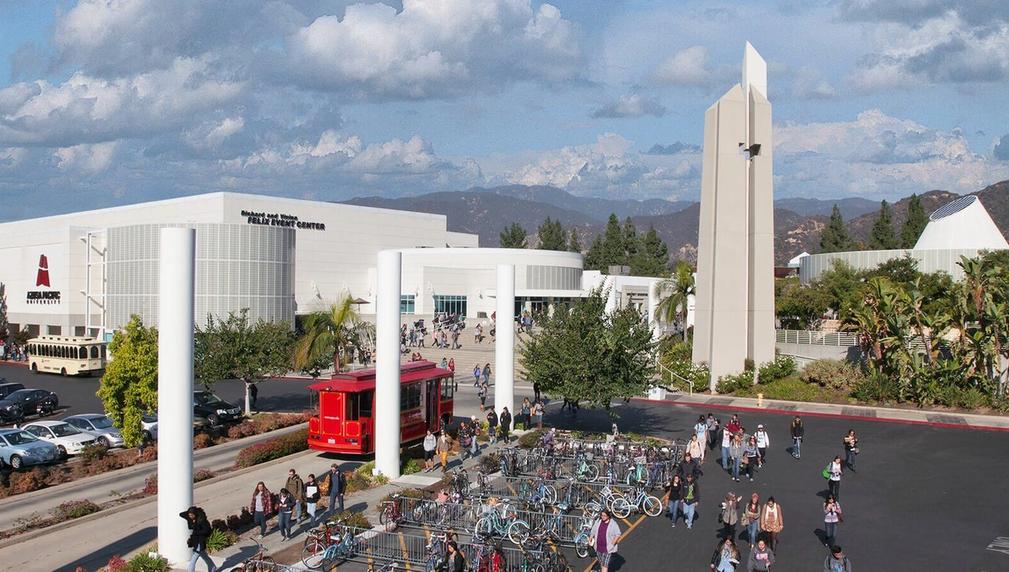Educational Interventions for Black & Latinx Males in Azusa, California
Efforts are underway by a team of representatives from Azusa Pacific University, Citrus College, and the Azusa Unified School District to partner to conduct a participatory action research plan in order to analyze existing interventions that aim to improve retention and graduation rates of students of color, particularly Latinx and African American male students, whose retention rates are alarmingly low. We aim to discover why interventions currently in place seem to be failing these young men.

In which areas of Los Angeles will you be directly working?
San Gabriel Valley
What is the problem that you are seeking to address?
Administrators at Azusa Pacific University (APU) and leaders in the Azusa community are increasingly concerned with the alarmingly low numbers of Latinx and Black male students that complete four-year degrees. Noting the data on LA2050’s website gathered from a report from the California Department of Education, currently 64 percent of Los Angeles County high school graduates enroll in college. Aggregating this data by race-ethnicity shows that 55 percent of Black students enroll in college and 47.4 percent of Latinx. In our localized study, we found matriculation rates for Black male students is at 27 percent and at 35 percent for Latinx students at Azusa Pacific. Existing interventions seem to be largely ineffective in helping the majority of these students succeed in a college setting. Taking into account LA2050’s target of a 90 percent matriculation rate, our research study aims to identify interventions geared toward eliminating college inequities and thus improve matriculation.
Describe the project, program, or initiative that this grant will support to address the problem identified.
APU has taken note of the inequities in the city and at the encouragement of city officials and community leaders has attempted interventions aimed at alleviating or eliminating socio-economic inequalities or stressors that overwhelmingly affect people of color. One such program implemented by APU, known as C.H.A.M.P (College Heading And Mighty Proud), pairs elementary school students from the local public schools, largely students of color, with college students who serve as mentors to foster a love for and understanding of the importance of education. Believing that education is a means to improve the lives of youth, this program illustrates efforts to create a pipeline aimed at students of color within the educational system in the city of Azusa. We will analyze and adapt the C.H.A.M.P. program in partnership with the local school district to ensure its goal of fostering a love of life-long learning in the students enrolled in the program. We will work with Citrus College and the Student Center for Reconciliation and Diversity at APU to design new interventions at Citrus that target Black and Latinx students' academic success and sense of belonging, as well as develop tools for perseverance and adaptation.
In what stage of innovation is this project, program, or initiative?
Research (initial work to identify and understand the problem)
Approximately how many people will be impacted by this project, program, or initiative?
Direct Impact: 150
Indirect Impact: 1,500
Describe how Los Angeles County will be different if your work is successful.
Success will be primarily measured by improved academic performance, positive student self-assessment, degree completion, and organic policies that effectively strengthen this cohort model across the institution. We aim to raise matriculation rates by five percent each year among the most marginalized populations and believe that this will improve the overall matriculation rates of all students in the region. In addition to these measures of success, we hope to improve communications between various educational institutions in the city of Azusa to support ongoing efforts to improve the educational lives of the students in the city. We also hope to be more engaged with community members in this work and be seen as a positive presence in the City of Azusa.
What evidence do you have that this project, program, or initiative is or will be successful, and how will you define and measure success?
We will administer a survey gauging student participants’ aspirations, hopes, and fears about their education at the beginning of the academic year. Focus groups and individual interviews with students will help us more deeply understand student perceptions. Additionally, interviews with teachers and program administrators will balance students' perceptions on their tenacity, aspirations, and drive. This data will be analyzed to gauge the effectiveness of the intervention on students’ academic success. We will interview students as the year closes to gauge their perceptions of their success, sense of belonging, perseverance, adaptations, and desire to complete a four-year degree. Success will be measured by improved academic performance, positive student self-assessment, increased degree completion, and organic policies changes that effectively strengthen the interventions. Our desire is to see student matriculation in identified populations improve by 5 to 10 percent each year.
Describe the role of collaborating organizations on this project.
Azusa Pacific University, who administers the C.H.A.M.P.S program will be a key partner in this project. APU's Chief Diversity Officer and leadership for their Student Center for Reconciliation and Diversity will help connect us with students, hire and employ student researchers, conduct surveys, design the participatory action research plan, and made adaptations to interventions. Additionally, we are in talks with leadership at Citrus College and Azusa Unified School District to be involved in this study on an advisory level. We also have the enthusiastic support of Blanca Rubio, the state assembly member of the 48th district, which Azusa falls under.
Which of the LEARN metrics will you impact?
College graduates
College matriculation
Community college completion